Home>Garden Essentials>How To Start Snapdragon Seeds
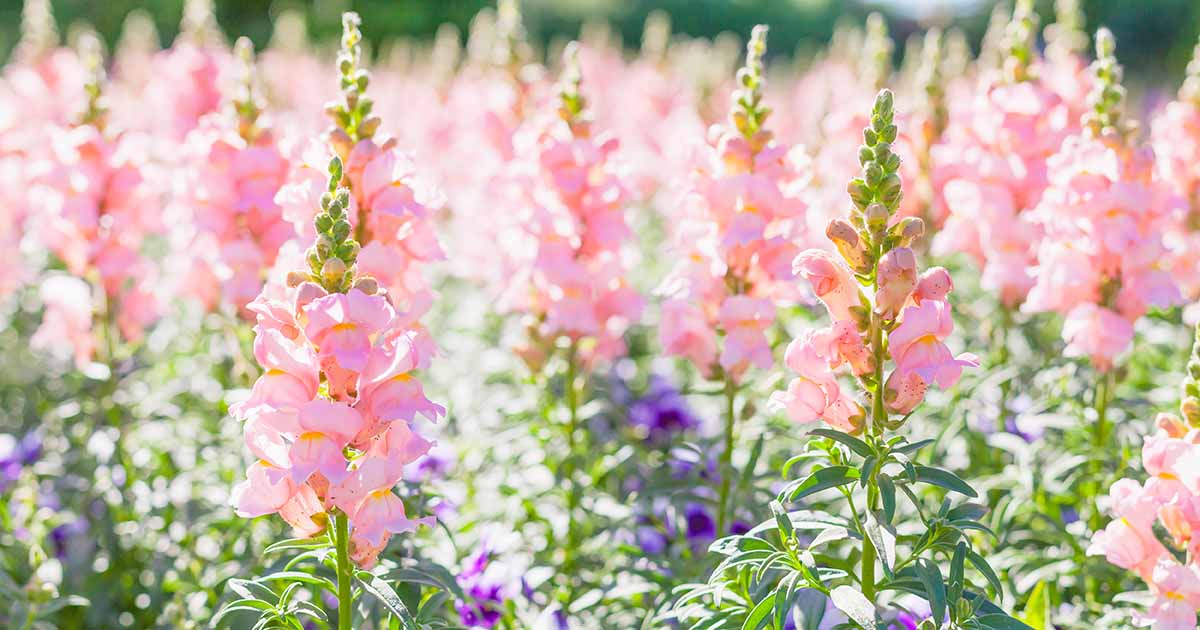

Garden Essentials
How To Start Snapdragon Seeds
Modified: March 15, 2024
Learn how to start Snapdragon seeds in your garden with these easy step-by-step instructions. Cultivate beautiful blooms and create a vibrant garden space.
(Many of the links in this article redirect to a specific reviewed product. Your purchase of these products through affiliate links helps to generate commission for Storables.com, at no extra cost. Learn more)
Introduction
Welcome to the world of gardening! If you’re looking to add some vibrant colors and beauty to your outdoor space, growing snapdragons from seeds is a fantastic option. Snapdragons, scientifically known as Antirrhinum, are popular annual flowers that are loved for their unique shape and cheerful hues. Starting snapdragon seeds is a rewarding experience that allows you to witness the growth and blossoming of these charming plants right from the beginning.
In this article, we will guide you through the process of starting snapdragon seeds and provide you with tips on how to care for them to ensure successful growth. Whether you’re a seasoned gardener or a beginner, this article will equip you with the knowledge you need to embark on your snapdragon-growing journey.
Before we dive into the specifics, let’s take a moment to appreciate the beauty and significance of snapdragons. These flowers come in a wide range of colors, including vibrant shades of red, pink, white, yellow, and orange. Their unique shape resembles a dragon’s mouth, which gives them their charming name. Snapdragons are not only visually appealing but also attract various pollinators, such as bees and butterflies, to your garden.
Now that you’re infatuated with the idea of growing snapdragons, let’s get started on selecting the perfect seeds for your garden.
Key Takeaways:
- Choose fresh, high-quality snapdragon seeds from a reliable supplier, and prepare the soil with proper pH levels and organic matter to ensure successful germination and healthy plant growth.
- Provide consistent moisture, sunlight, and care for your snapdragons as they grow, and consider harvesting and saving seeds to continue the cycle of growth and share the joy of gardening with others.
Read more: How To Sow Snapdragon Seeds
Selecting the Seeds
When it comes to selecting snapdragon seeds, there are a few factors to consider to ensure the best results. Let’s explore what you should look for when choosing your seeds:
1. Variety: Snapdragons come in various sizes and colors. Before purchasing seeds, decide on the specific variety you want to grow. Consider factors such as the height of the plant, color preferences, and whether you want single or double blooms. This will help you narrow down your options and find the perfect snapdragon seeds for your garden.
2. Freshness: It’s essential to choose fresh seeds for optimal germination. Check the packaging or ask the supplier for the expiration date or the year the seeds were harvested. Fresh seeds have a higher chance of successful germination, so aim for seeds that were harvested within the past year.
3. Reliable Supplier: Purchase your snapdragon seeds from a reputable supplier or seed company. Look for reviews or recommendations to ensure you’re getting high-quality seeds. Reliable suppliers provide seeds that have been tested for germination rate and are free from disease or genetic abnormalities.
4. Germination Rate: Some snapdragon seeds have a higher germination rate than others. Look for information on the seed packet or on the supplier’s website about the germination rate of the specific variety you’re interested in. It’s advisable to choose seeds with a high germination rate to increase your chances of successful seedling emergence.
5. Organic and Non-GMO: If you prefer to grow your snapdragons organically or want to avoid genetically modified organisms (GMOs), look for certified organic or non-GMO seeds. These seeds are produced without the use of synthetic pesticides or genetic modification, aligning with your eco-friendly gardening practices.
Once you have selected the perfect snapdragon seeds, you can move on to preparing the soil to provide your seeds with the best environment for germination and growth.
Preparing the Soil
Creating the ideal soil conditions is crucial for the successful growth of your snapdragons. Here are some steps to prepare the soil before planting your seeds:
1. Soil Testing: Conduct a soil test to determine the pH level and nutrient content of your soil. Snapdragons prefer a slightly acidic to neutral pH range of 6.0 to 7.0. Testing the soil will help you identify any deficiencies or imbalances, allowing you to amend the soil accordingly.
2. Clearing the Area: Clear the planting area of any weeds, rocks, or debris. Make sure there is adequate space for the snapdragon plants to grow and have access to sunlight.
3. Loosening the Soil: Use a garden fork or a tiller to loosen the soil to a depth of 6 to 8 inches. This will create a loose, well-draining soil structure that promotes root development and prevents waterlogging.
4. Adding Organic Matter: Improve the soil’s fertility and drainage by incorporating organic matter such as compost, well-rotted manure, or leaf mold. Spread a 2 to 3-inch layer of organic matter over the soil surface and work it into the top few inches of soil using a garden rake or a tiller.
5. Amending the Soil: Based on the results of your soil test, you may need to amend the soil with lime to increase pH or sulfur to decrease pH. Follow the recommendations provided by the soil test or consult with your local garden center for guidance on adjusting soil pH.
6. Smoothing and Leveling the Soil: Smooth and level the soil surface using a rake to create a uniform planting bed. This will make it easier to sow the snapdragon seeds evenly and provide a consistent environment for germination.
By preparing the soil properly, you are setting the stage for healthy root development and vigorous growth of your snapdragon plants. With the soil ready, it’s time to move on to planting your snapdragon seeds.
Planting Snapdragon Seeds
Now that you have prepared the soil, it’s time to plant your snapdragon seeds. Follow these steps to ensure successful germination and healthy seedling growth:
1. Sowing Time: Determine the best time to sow your snapdragon seeds based on your local climate. Snapdragons are cool-season flowers and are typically sown in early spring or late summer for fall blooms. Check the seed packet or consult local gardening resources for specific planting dates in your region.
2. Seed Depth: Snapdragon seeds are relatively small, so they should be planted shallowly. Gently press the seeds into the soil, ensuring they are not buried too deeply. Aim for a seed depth of about 1/8 to 1/4 inch.
3. Seed Spacing: Space the snapdragon seeds about 6 to 8 inches apart to allow room for the plants to grow and spread. This spacing will ensure adequate air circulation and prevent overcrowding.
4. Watering: After sowing the seeds, water the soil gently to ensure good seed-to-soil contact and promote germination. Use a watering can or a gentle spray from a hose to prevent displacing the seeds. Keep the soil consistently moist, but avoid overwatering, as it can lead to rotting.
5. Germination: Snapdragon seeds usually germinate within 7 to 14 days, but it can vary depending on the variety and growing conditions. Keep the soil consistently moist throughout the germination period to support seedling emergence.
6. Transplanting: Once the seedlings have developed a few sets of true leaves and are strong enough to handle, they can be transplanted into their permanent location in the garden or containers. Ensure the outdoor temperatures are suitable for snapdragon plants before moving them.
Remember to label your snapdragon plants with plant markers, noting the variety and the planting date. This will help you keep track of their progress and make it easier to identify them as they grow.
As your snapdragon seedlings grow, they will need proper care to thrive and produce beautiful flowers. In the next sections, we will cover essential aspects such as watering, fertilizing, and providing adequate sunlight for your plants.
Watering and Fertilizing
Proper watering and fertilization are key factors in ensuring the healthy growth and vibrant blooms of your snapdragons. Let’s explore the best practices for watering and fertilizing your plants:
Watering:
Snapdragons require consistent moisture, but it’s important to avoid overwatering, as it can lead to root rot and fungal diseases. Follow these guidelines for watering your snapdragon plants:
- Water the plants deeply but infrequently. Provide enough water to moisten the soil to a depth of at least 6 inches each time you water.
- Check the soil moisture level before watering. Insert your finger into the soil up to the first knuckle. If it feels dry at that depth, it’s time to water. If it’s still moist, hold off on watering for a few more days.
- Avoid watering the foliage, as this can encourage the development of diseases. Instead, direct the water to the base of the plants, near the soil surface.
- Consider using a drip irrigation system or a soaker hose to provide slow and consistent water to the plants, minimizing water waste and ensuring thorough hydration.
Fertilizing:
To keep your snapdragons healthy and blooming, it’s important to provide them with the necessary nutrients. Here are some tips for fertilizing your snapdragon plants:
- Apply a balanced, slow-release fertilizer before planting your snapdragon seeds or at the time of transplanting. This will provide a steady supply of nutrients as the plants grow.
- Follow the package instructions for the specific fertilizer you’re using, as application rates may vary. Avoid over-fertilizing, as it can lead to excessive foliage growth and reduced flowering.
- Consider using organic fertilizers, such as compost or well-rotted manure, to provide natural nutrients to your snapdragons. These organic materials improve soil fertility and promote long-term plant health.
- Apply a water-soluble fertilizer, such as a balanced 10-10-10 or 20-20-20 formula, every 4-6 weeks during the growing season. Dilute the fertilizer as per the package instructions and apply it at the base of the plants.
- Avoid fertilizing snapdragons during hot, dry spells, as this can stress the plants. Instead, apply the fertilizer when the soil is moist to ensure efficient nutrient uptake.
By following these watering and fertilizing practices, you will provide your snapdragons with the essential care they need to flourish. In the next section, we will discuss the importance of providing proper sunlight to your snapdragons.
Read more: How To Save Snapdragon Seeds
Providing Proper Sunlight
Snapdragons thrive in bright sunlight and need proper exposure to produce abundant blooms. Here’s how you can ensure your snapdragon plants receive the optimal amount of sunlight:
- Sun Exposure: Choose a location that receives full sun, which means at least 6 to 8 hours of direct sunlight per day. Snapdragons may tolerate some partial shade, but they will produce fewer flowers in such conditions.
- Orienting the Bed: Position your snapdragon bed or containers in a spot that faces south or east to maximize sunlight exposure. This will ensure that the plants receive the most sunlight during the day.
- Shade Protection: In regions with intense heat or harsh afternoon sun, snapdragons may benefit from some shade during the hottest part of the day. Consider providing shade cover or using strategically placed structures such as trellises or taller neighboring plants to create a partial shade environment.
- Avoiding Obstructions: Make sure your snapdragons are not overshadowed by tall trees, buildings, or other structures that block sunlight. Remove any obstructions or trim back nearby vegetation that may cast shade on your plants.
Providing the ideal amount of sunlight is essential for the healthy growth, strong stems, and vibrant blooms of snapdragons. By selecting a sunny location and taking steps to protect the plants from excessive heat or shade, you will encourage optimal growth and flower production.
In the next section, we will discuss the importance of managing pests and diseases to ensure the well-being of your snapdragons.
Before planting Snapdragon seeds, soak them in water for 12-24 hours to help with germination. Plant the seeds in well-draining soil, keep them moist, and place them in a sunny spot to grow.
Managing Pests and Diseases
While snapdragons are generally resistant to many common pests and diseases, it’s important to stay vigilant and take preventive measures to ensure the health of your plants. Here are some tips for managing pests and diseases:
- Inspect Regularly: Regularly inspect your snapdragon plants for any signs of pests or diseases. Look for chewed leaves, discoloration, wilting, or unusual growth patterns. Early detection allows for prompt action and prevents further damage.
- Handpicking: For small infestations, manually remove pests such as aphids, caterpillars, or snails by hand. Wear gloves while doing so to protect your hands and dispose of the pests away from the plants.
- Natural Predators: Encourage natural predators like ladybugs, lacewings, and birds that feed on common garden pests. Planting companion plants like marigold or dill can attract beneficial insects and deter harmful pests.
- Organic Pest Control: Use organic pest control methods such as neem oil or insecticidal soap to treat severe pest infestations. Follow the instructions on the product label and apply the solution carefully, targeting the affected areas.
- Disease Prevention: To prevent diseases, ensure proper air circulation by spacing your snapdragons adequately. Avoid overhead watering, as wet foliage can promote fungal diseases. Water at the base of the plants instead.
- Disease Control: If you notice signs of diseases such as powdery mildew or leaf spot, remove and destroy the affected plant parts immediately. Applying fungicides may be necessary for severe cases, but it’s best to consult with a local garden center for appropriate recommendations.
By regularly inspecting your plants, employing natural pest control methods, and practicing good gardening hygiene, you can minimize the risk of pests and diseases. This will help your snapdragons flourish and maintain their vibrant beauty throughout the growing season.
In the next section, we will discuss the process of transplanting snapdragon seedlings for optimal growth and development.
Transplanting Seedlings
Once your snapdragon seedlings have grown a few sets of true leaves and are strong enough to handle, it’s time to transplant them into their permanent location. Transplanting snapdragon seedlings properly will ensure their continued growth and overall success. Here’s how to go about it:
- Timing: Wait until the threat of frost has passed before transplanting your snapdragon seedlings. Choose a mild, overcast day or transplant in the late afternoon to reduce stress on the plants.
- Preparing the Soil: Ensure that the transplanting area has been prepared in advance. Follow the same soil preparation steps as mentioned earlier, including clearing the area, loosening the soil, and incorporating organic matter.
- Spacing: Determine the spacing requirements for the specific snapdragon variety you are growing. Typically, plants should be spaced about 8 to 12 inches apart to allow for proper air circulation and growth.
- Transplanting Technique: Gently dig a hole in the prepared soil that is slightly larger than the root ball of the seedling. Carefully remove each seedling from its container, taking care not to damage the delicate roots. Place the seedling in the hole, ensuring that the top of the root ball is level with the soil surface. Backfill the hole, gently firming the soil around the seedling, and water thoroughly.
- Watering and Mulching: After transplanting, water the seedlings to help settle the soil and provide them with hydration. Apply a layer of organic mulch, such as straw or shredded bark, around the base of the plants to conserve moisture and suppress weed growth.
- Care and Maintenance: Monitor the transplanted seedlings closely for the first few days. If any signs of transplant shock, such as wilting, occur, provide shade or additional water as needed. Continue to care for the transplants by watering when necessary, fertilizing according to the recommended guidelines, and maintaining a weed-free area around the plants.
Transplanting seedlings can be a delicate process, but with proper care and attention, your snapdragons will quickly establish themselves and continue to thrive in their new homes. In the following section, we will discuss how to care for mature snapdragon plants to ensure their long-lasting beauty and success.
Caring for Mature Snapdragon Plants
As your snapdragon plants mature, they will require ongoing care to maintain their health and beauty. Here are some essential tips for caring for mature snapdragons:
- Watering: Provide your snapdragons with 1 to 1.5 inches of water per week, either through rainfall or supplemental irrigation. Water deeply to encourage deep root growth, but avoid overwatering, as it can lead to root rot. Watering in the morning allows foliage to dry quickly and reduces the risk of fungal diseases.
- Deadheading: Regularly deadhead your snapdragons to remove spent flowers. This encourages continuous blooming and prevents the plants from diverting energy into seed production. Pinch off the faded flowers just above the nearest set of leaves or stems.
- Support: Tall varieties of snapdragons may require support to prevent them from flopping over. Use stakes or discreet plant supports placed behind the plants. Secure the snapdragons to the supports using gardening twine or gentle ties. This will help maintain an upright and tidy appearance.
- Pruning: If your snapdragons become leggy or start to look unkempt, you can cut them back by about one-third of their height. Pruning will encourage bushier growth and promote the development of more flower buds. Perform any necessary pruning in early spring or after the first flush of flowers.
- Fertilizing: Continue to fertilize your snapdragons throughout the growing season. Use a balanced, water-soluble fertilizer every 4-6 weeks according to the packaging instructions. Avoid over-fertilizing, as it can lead to excessive vegetative growth with fewer flowers.
- Weeding: Keep the area around your snapdragons free from weeds. Weeds compete with the plants for nutrients and water, stunting growth and robbing them of essential resources. Regularly remove any weeds that emerge, taking care not to disturb the snapdragon roots.
- Monitoring: Stay vigilant for any signs of pests or diseases. Inspect your snapdragons regularly, checking for issues such as aphids, whiteflies, or fungal diseases. Early detection allows for prompt treatment and prevents the spread of problems.
By providing proper care and attention to your mature snapdragon plants, you will enjoy a bountiful display of colorful blooms throughout the season. In the final section, we will discuss the process of harvesting and saving snapdragon seeds, allowing you to continue the cycle of growth in future seasons.
Read more: How To Harvest Snapdragon Seeds
Harvesting and Saving Seeds
Harvesting and saving snapdragon seeds allows you to preserve your favorite varieties and grow them again in future seasons. Here’s how you can harvest and save snapdragon seeds:
- Choosing Mature Pods: Allow some of the snapdragon flowers to naturally fade and form seed pods. The pods will ripen and turn brown as the seeds inside mature. Select the healthiest and most well-formed seed pods for harvesting.
- Harvesting the Pods: Once the seed pods are fully ripened, carefully cut them from the plant using clean pruning shears or scissors. Place the harvested pods in a paper bag or envelope to allow for airflow and continued drying.
- Drying the Pods: Store the paper bag or envelope in a cool and dry place, away from direct sunlight. Allow the pods to dry for at least two weeks or until they become brittle and easily break open. Shake the pods gently to release the seeds.
- Separating and Cleaning the Seeds: Once the pods are dry, carefully open them and separate the seeds. Remove any debris or plant matter from the seeds using a fine sieve or by gently blowing on them. Thoroughly dry the cleaned seeds before storing them.
- Storing the Seeds: Place the snapdragon seeds in a clean and dry container, such as a glass jar or an airtight seed envelope. Label the container with the variety and date of harvest. Store the seeds in a cool, dark, and dry location, such as a refrigerator. Properly stored snapdragon seeds will remain viable for several years.
- Sharing and Planting: You can share your saved snapdragon seeds with fellow gardeners or use them to start new plants in future seasons. Follow the same planting process as outlined earlier, ensuring proper soil preparation, spacing, and care.
Harvesting and saving snapdragon seeds is a delightful way to continue the gardening journey and grow your favorite varieties year after year. It also allows you to preserve unique or heirloom varieties that may not be readily available in seed catalogs or nurseries.
With a bit of patience and careful handling, you can enjoy the rewarding experience of cultivating snapdragon plants from your own saved seeds. In the next section, we will conclude our guide with a few final thoughts on the pleasure of growing snapdragons.
Conclusion
Growing snapdragons from seeds is a delightful and rewarding journey that brings beauty and vibrancy to your garden. By following the steps outlined in this guide, you can successfully start snapdragon seeds, care for the seedlings, and nurture them into mature plants that dazzle with their colorful blooms.
We began by selecting the perfect snapdragon seeds, considering factors such as variety, freshness, and reliability of the supplier. We then moved on to preparing the soil, creating the ideal foundation for the seeds to germinate and thrive. Planting the snapdragon seeds shallowly and providing proper watering and sunlight were vital in ensuring healthy growth. We also discussed how to manage pests and diseases, as well as the importance of transplanting seedlings at the appropriate time.
As the plants mature, we learned the significance of proper care, including watering, deadheading, supporting, pruning, fertilization, and weed management. With each step, we nurtured our snapdragons towards their full potential, enjoying their vibrant presence in the garden.
Finally, we explored the process of harvesting and saving snapdragon seeds, allowing us to continue the cycle of growth and share our favorite varieties with others. Preserving the seeds ensures that we can relive the joy of growing snapdragons in future seasons and preserve unique or heirloom varieties for generations to come.
Remember, gardening is a journey of patience, love, and learning. It allows us to connect with nature, experience the wonders of growth, and appreciate the beauty of the natural world. Whether you’re a seasoned gardener or a beginner, growing snapdragons from seeds is a delightful and fulfilling endeavor that will surely brighten your outdoor space and bring you joy.
Now, armed with the knowledge and techniques presented in this guide, it’s time to put your green thumb to work and embark on your snapdragon-growing adventure. Embrace the beauty of these marvelous flowers and watch as they grace your garden with their enchanting blooms.
Frequently Asked Questions about How To Start Snapdragon Seeds
Was this page helpful?
At Storables.com, we guarantee accurate and reliable information. Our content, validated by Expert Board Contributors, is crafted following stringent Editorial Policies. We're committed to providing you with well-researched, expert-backed insights for all your informational needs.

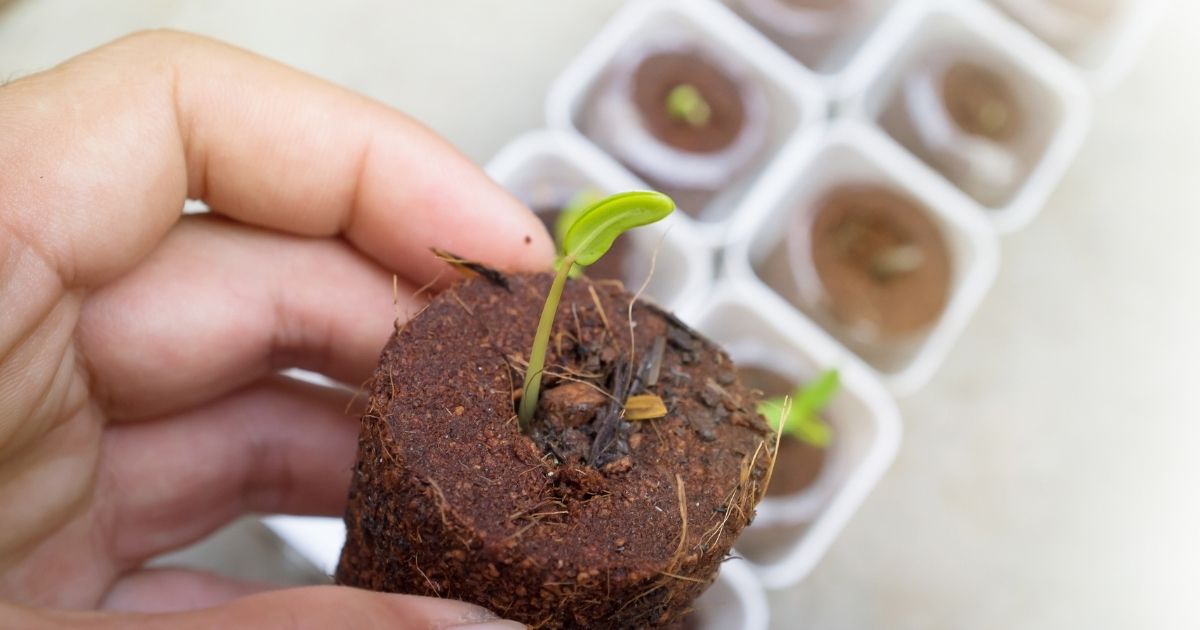
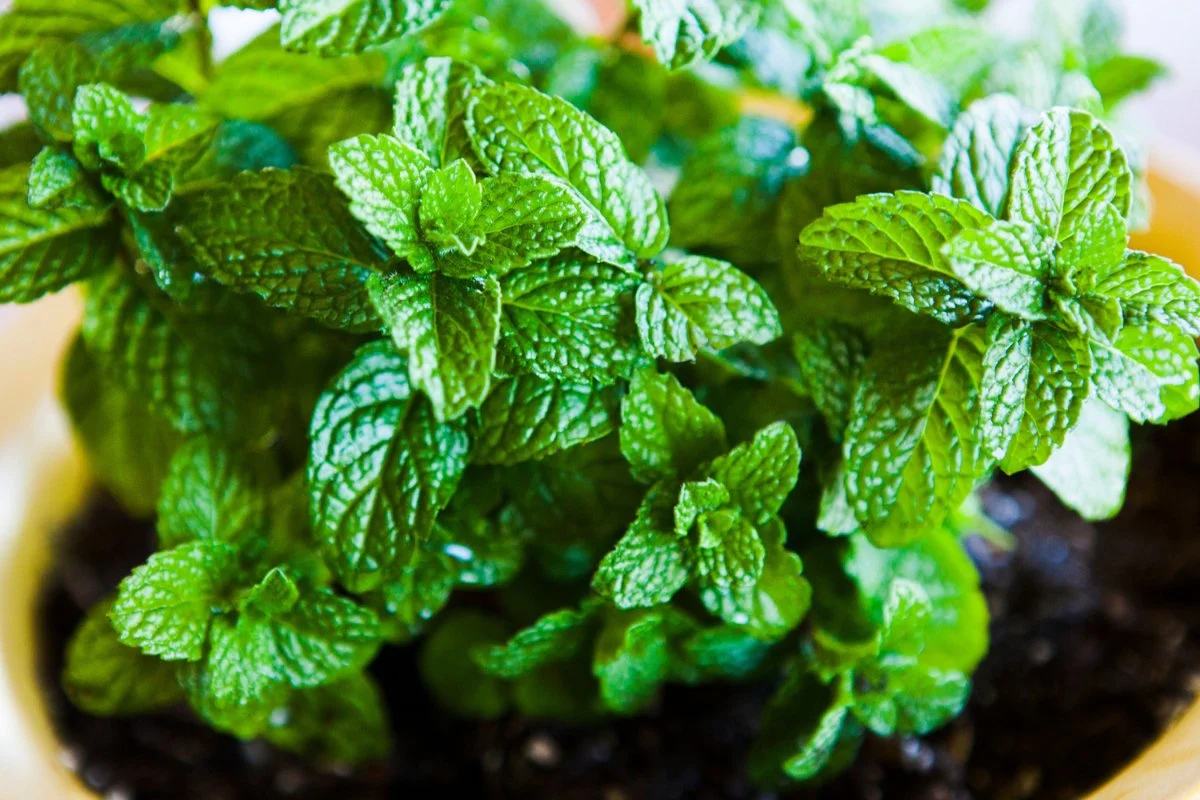

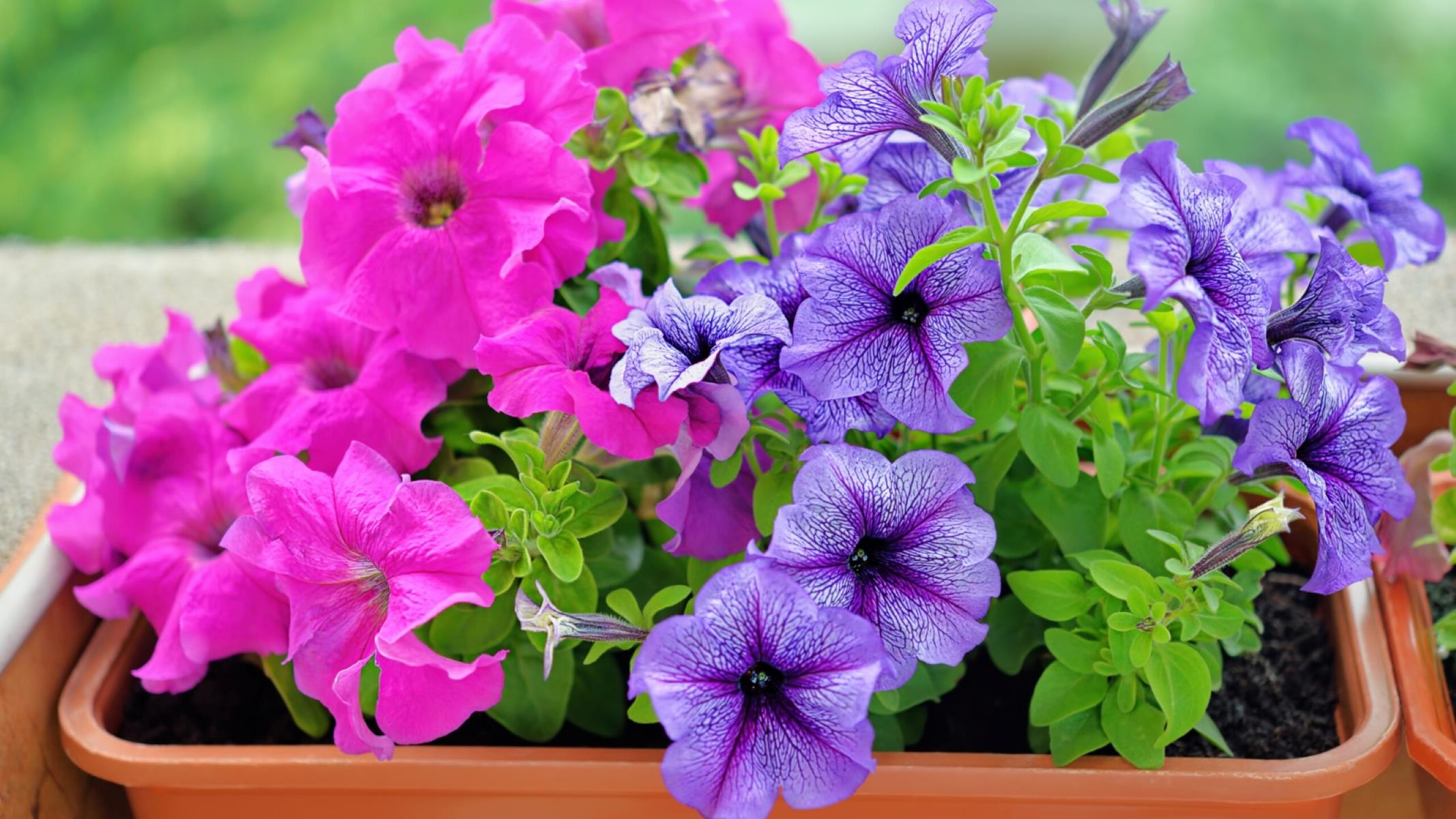
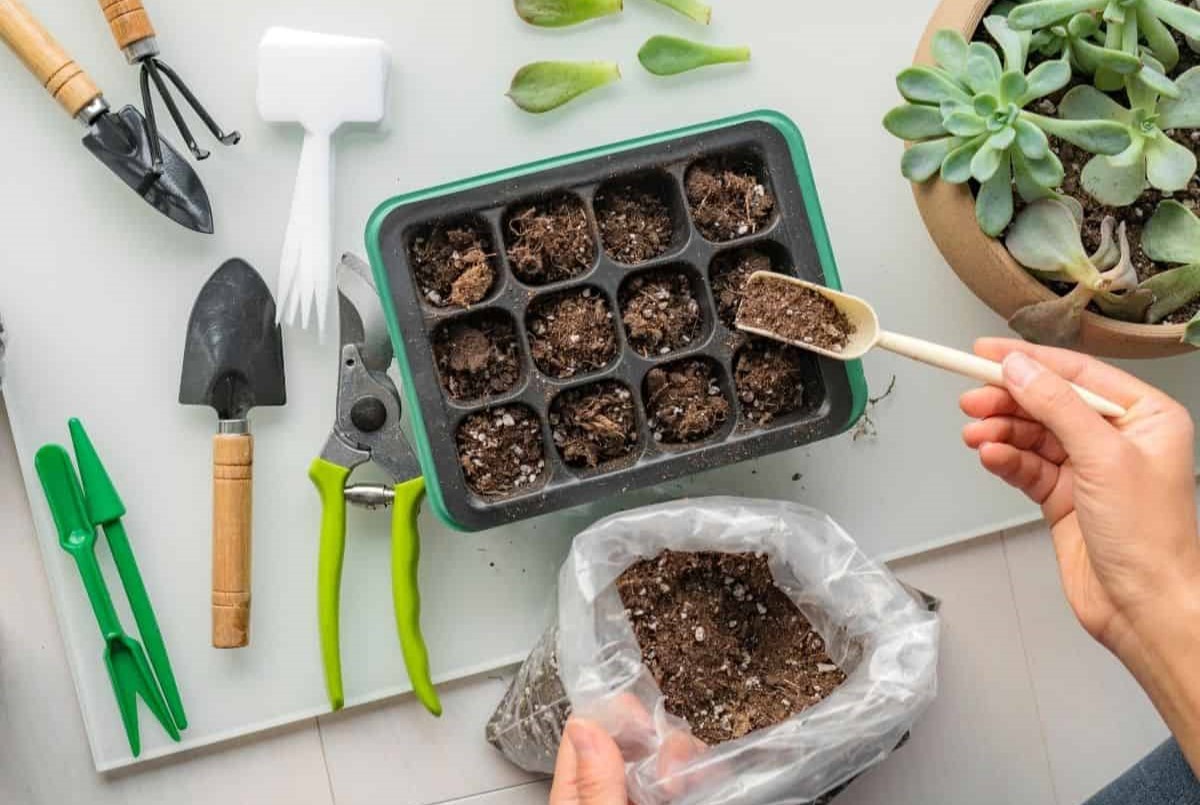
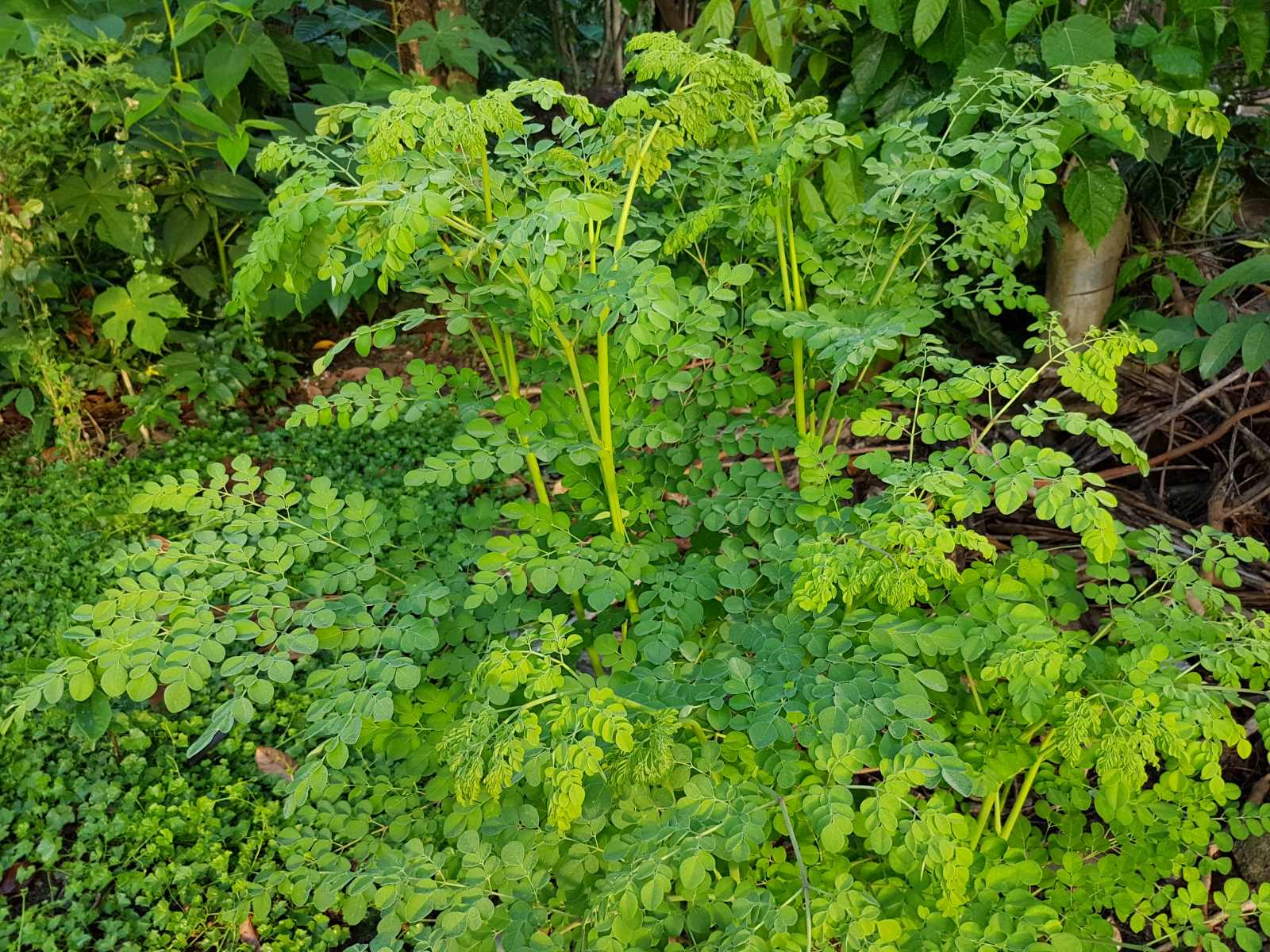
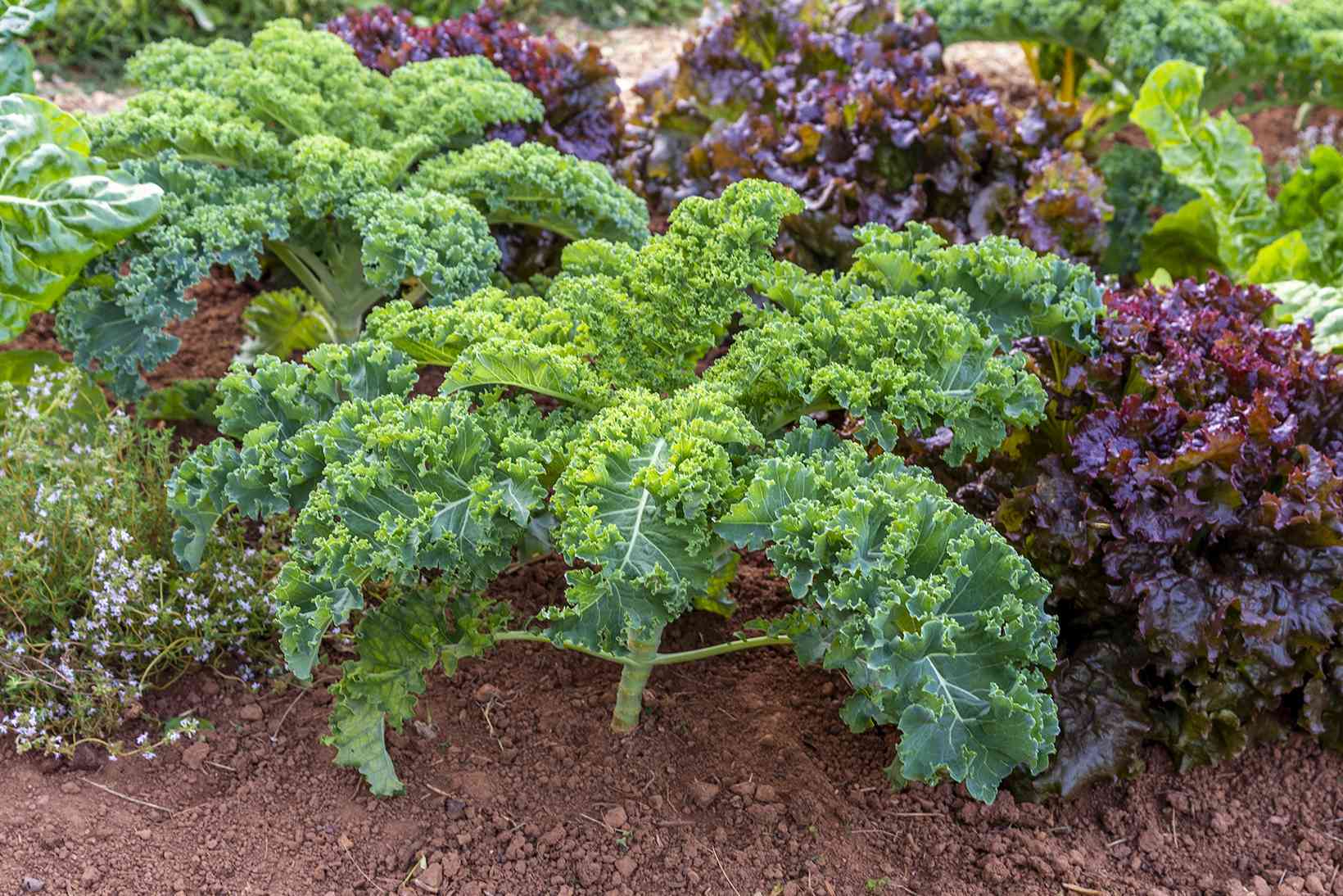
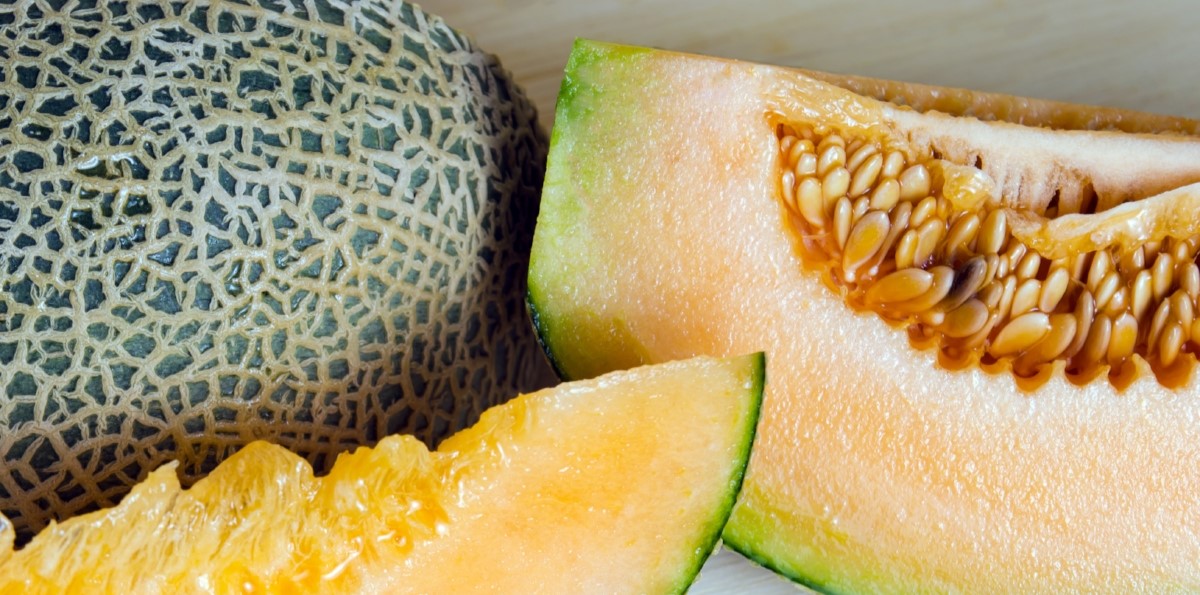
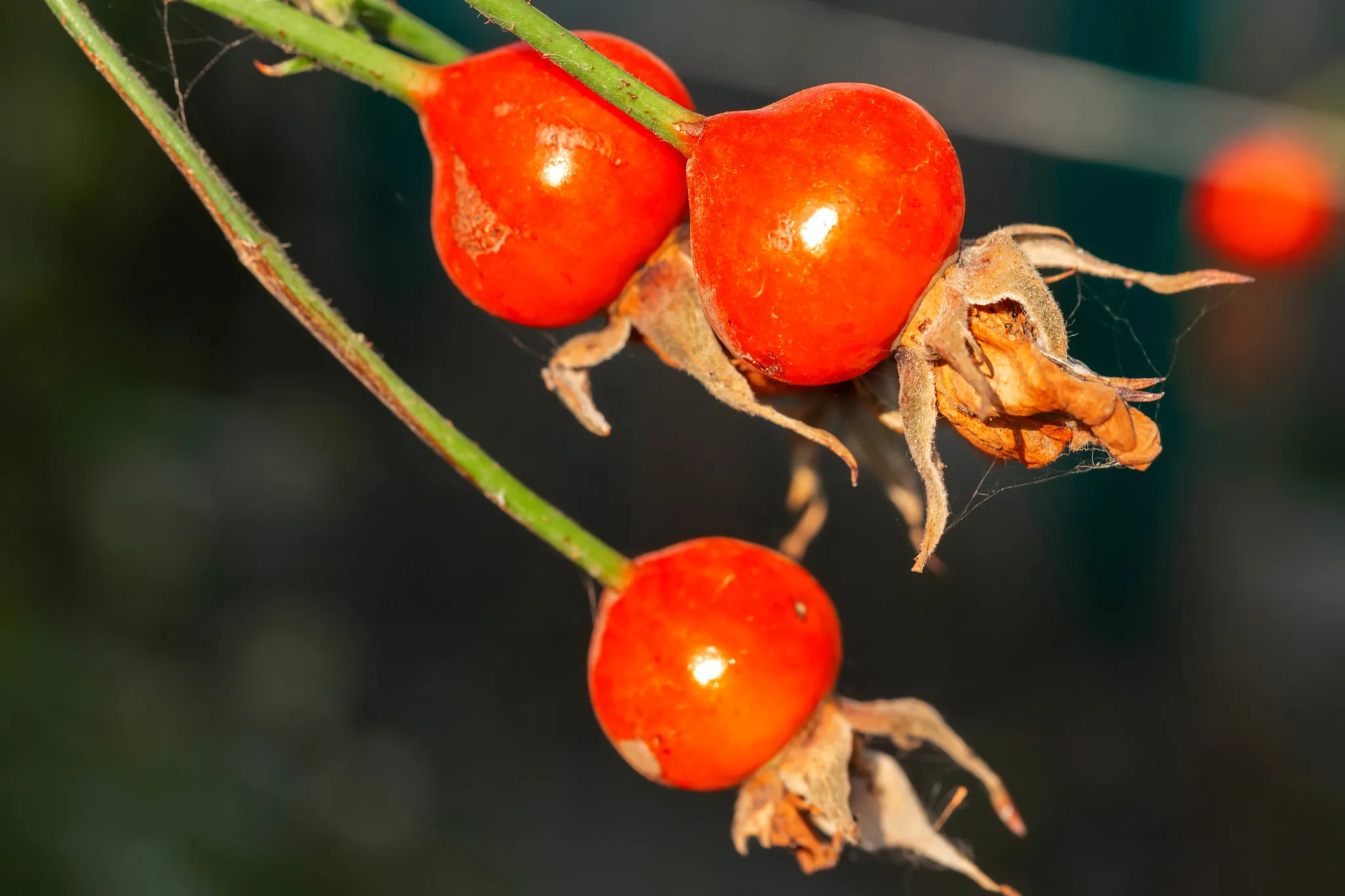

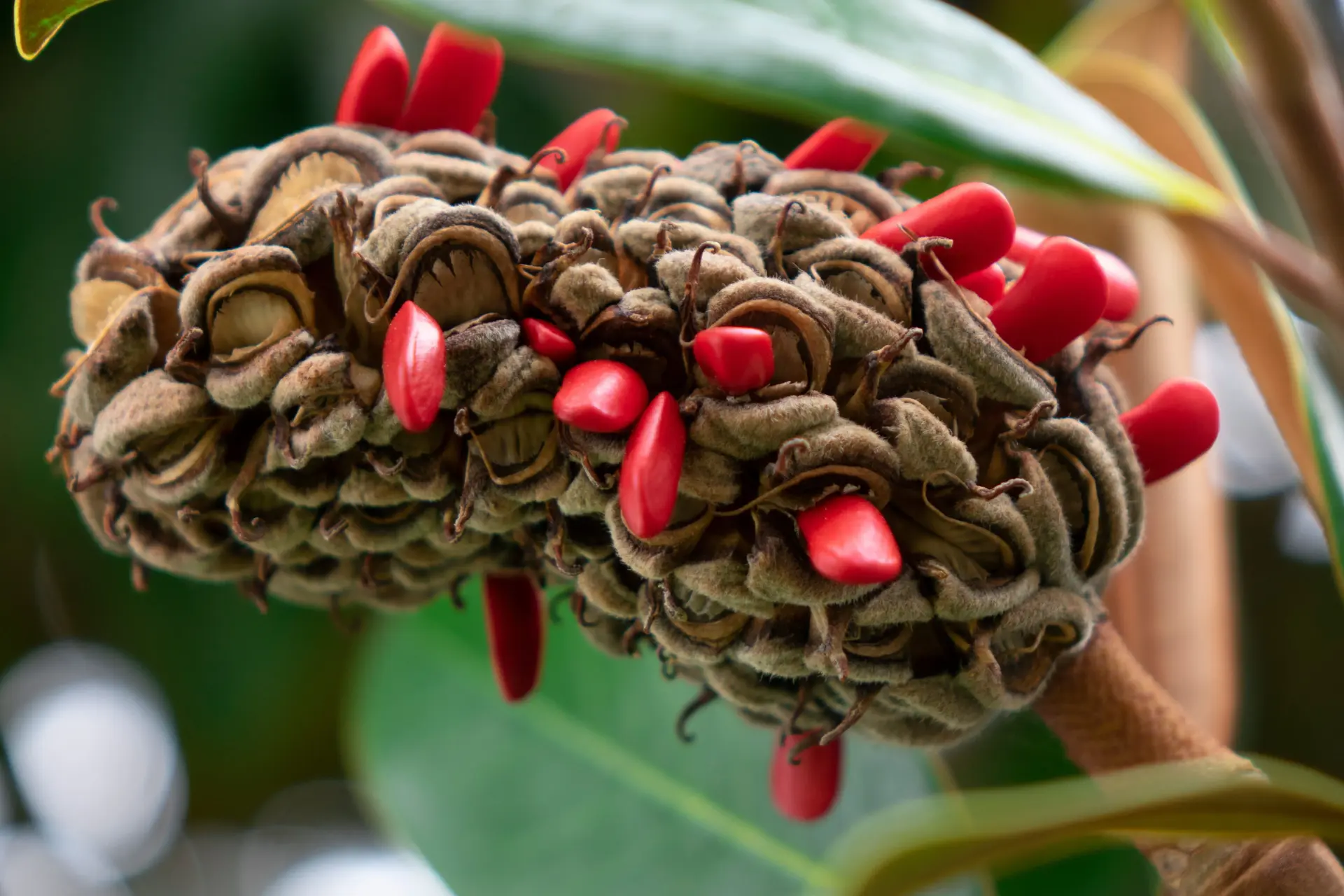


0 thoughts on “How To Start Snapdragon Seeds”